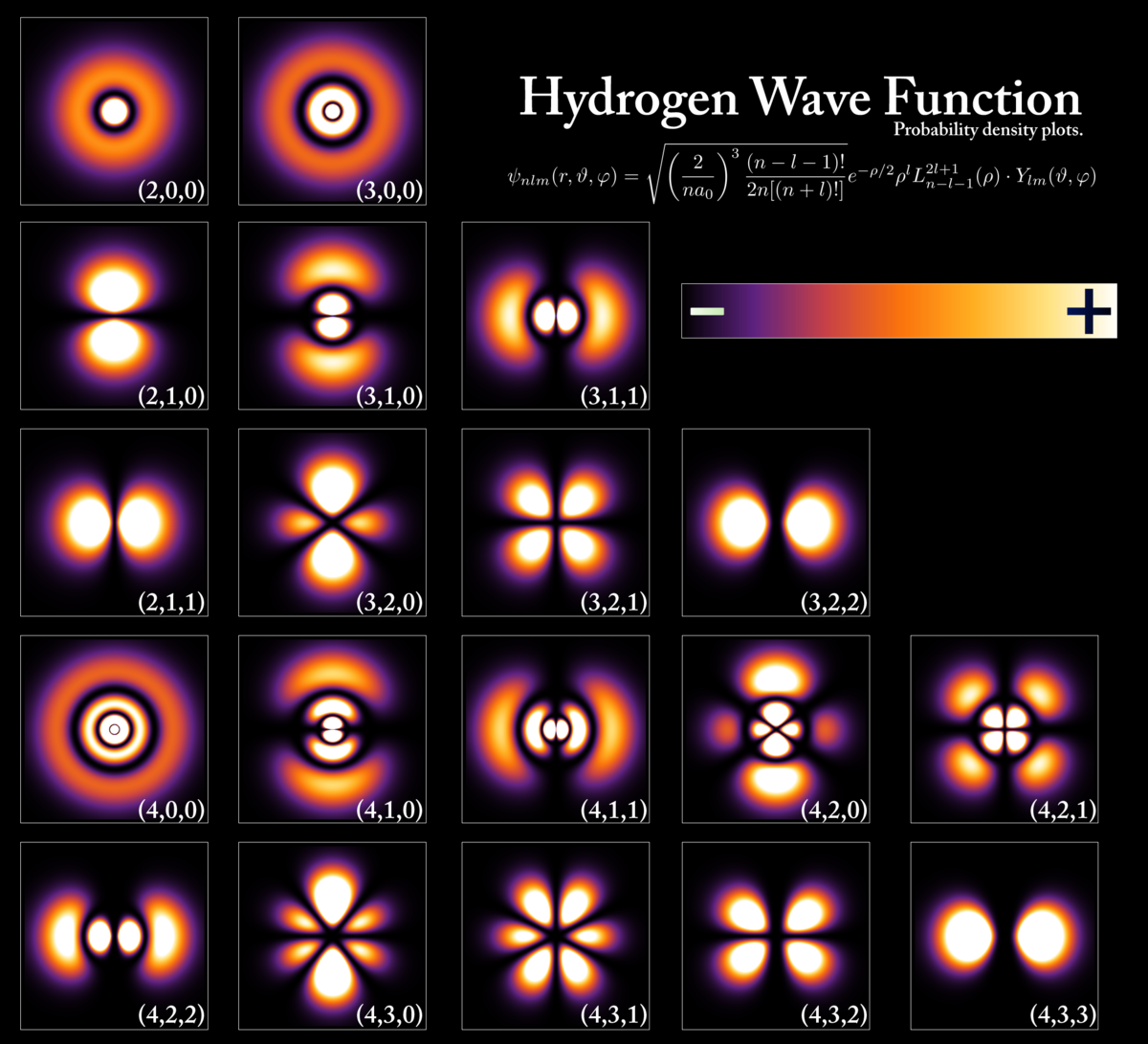ENCYCLOPEDIA ENTRY
Speed of Light
The fixed stride of one voxel per tick defines the universal speed limit c.

Category: Fundamental Constants
Difficulty: Foundational
Tags: c, propagation, invariance, voxel
Summary: The fixed stride of one voxel per tick defines the universal speed limit c.
Essence
The speed of light, denoted as c, is a fundamental constant that serves as the maximum speed at which information and matter can propagate through the universe. In the framework of Recognition Science, this speed is not merely a physical measurement but a necessary feature of the underlying structure of reality.
Definition
In Recognition Science, the speed of light is defined as the rate at which recognition events propagate through the voxel grid. This speed is inherently linked to the discrete nature of spacetime, where each tick corresponds to a fundamental unit of time.
In Plain English
Imagine a vast grid made up of tiny cubes, or voxels. Each voxel represents a point in space, and time is divided into discrete intervals called ticks. The speed of light is the pace at which information can travel from one voxel to another, limited to one voxel per tick. This means that nothing can travel faster than this speed, establishing a universal speed limit for all interactions in the universe.
Why It Matters
The speed of light is crucial for understanding the structure of spacetime and the behavior of physical laws. It sets the maximum rate for how fast changes can occur in the universe, influencing everything from the propagation of light to the dynamics of gravitational fields. In Recognition Science, it also reflects the inherent limitations of our recognition processes and the ledger that governs reality.
How It Works
In a discrete spacetime lattice, any change in one voxel must be communicated to neighboring voxels. This communication cannot happen instantaneously; instead, it occurs at the speed of light, c. The principles of dynamism and cost minimization ensure that this speed is finite and universal, meaning it remains constant regardless of the observer's frame of reference.
Key Properties
- Universality: The speed of light is the same for all observers, regardless of their relative motion.
- Limit of Propagation: No information or matter can travel faster than c, ensuring causality is preserved.
- Relationship to Voxelization: c is directly tied to the structure of the voxel grid, where each voxel represents a discrete unit of space and time.
Mathematical Foundation
Click to expand
The speed of light is defined mathematically as:
where L_min is the minimal spatial separation (recognition length) and τ_0 is the minimal time interval (recognition time).
Connections
The speed of light is intimately connected to other fundamental constants and principles in Recognition Science, such as coherence energy and the dual-balance principle. It also plays a vital role in the formulation of physical laws, including electromagnetism and relativity.
Testable Predictions
Based on the framework, several predictions can be made regarding the behavior of light and its interactions with matter. For instance, any deviation from the established value of c in high-energy experiments would challenge the validity of the underlying principles of Recognition Science.
Common Misconceptions
One common misconception is that the speed of light can vary depending on the medium through which it travels. While light does slow down in materials like glass or water, the fundamental speed of light in a vacuum remains constant and is the ultimate speed limit for all forms of information transfer.
FAQs
What is the speed of light in a vacuum?
The speed of light in a vacuum is approximately 299,792,458 meters per second, which is defined as the constant c.
Why is the speed of light important?
The speed of light is important because it sets the limit for how fast information and matter can travel, influencing the structure of spacetime and the laws of physics.
Related Topics
Further Reading
For a deeper understanding of the implications of the speed of light in Recognition Science, consider exploring the following resources: